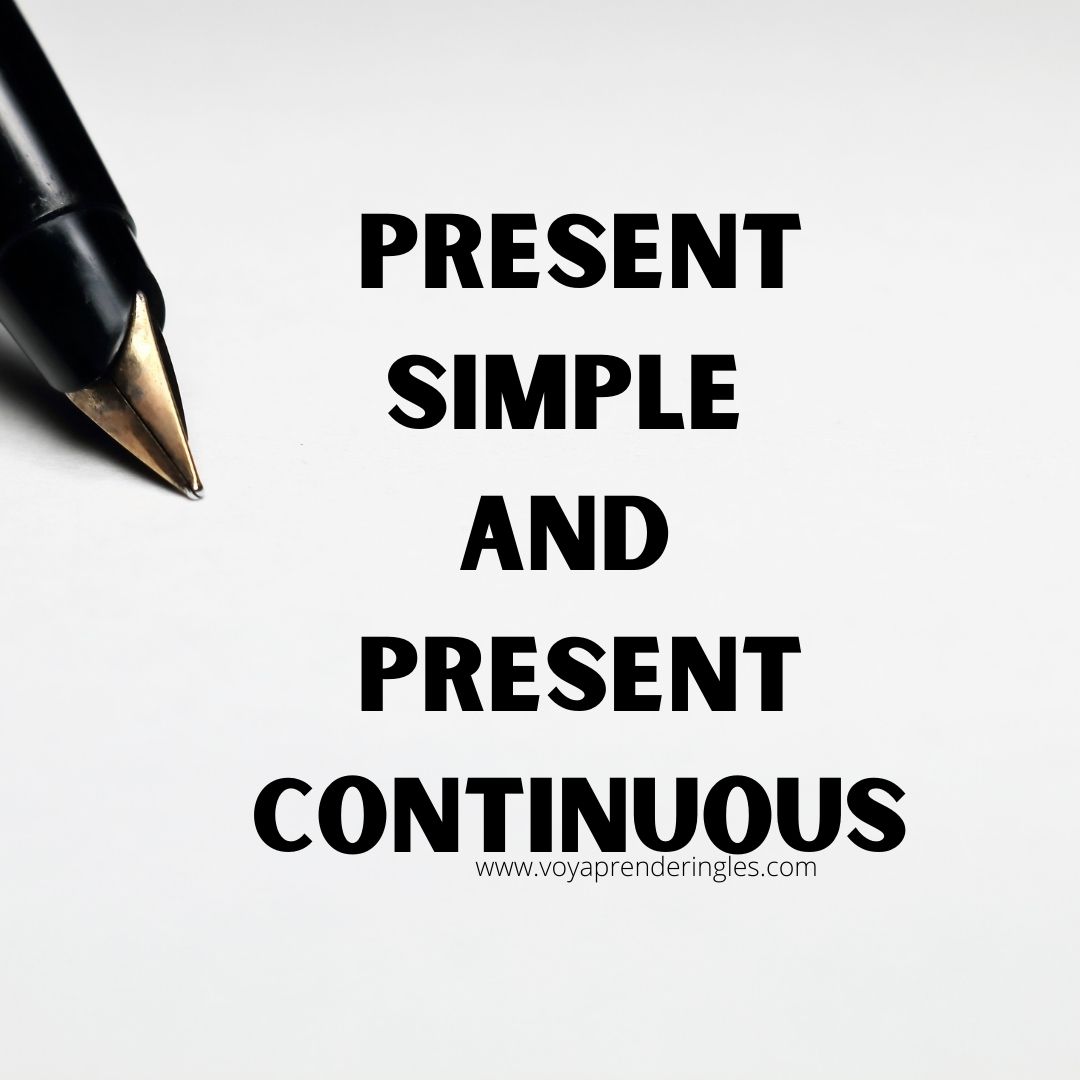
Novel and short story, the difference?
This is another question that comes up quite often and that is not so easy to answer, although it seems obvious to many of us. What is the difference between a novel and a short story? And don't laugh, I know literary bloggers who don't know the difference!
Short stories and novels are similar in that they both tell stories and both formats share storytelling characteristics.
However, there are fundamental differences between the two types of fiction writing.
Writing a short story requires a different approach and application.
Short stories evoke a storytelling art that offers a whole experience in one reading.
So what is the difference between a novel and a short story?
The difference between a novel and a short story is mainly visible in the length of the story. On the other hand, these two types of writing must be understood differently.
A novel is a long form of writing as opposed to a short story.
This is the fundamental difference between the two. Let us examine them in more detail.
The Short Story
Definition
A short story is a story with fewer characters and focuses on one main incident.
A short story is a short literary form.
It is not characterised by many characters, which is a characteristic of a novel.
The main character of a short story, of course, is supported by a few other characters who add importance to the story.
Thus, it is easy for the reader to remember the characters who appear in a short story.
Length of a short story
The precise definition of the word count varies, but as a general rule, a short story can be up to about 7,500 words (sometimes 10,000).
Types of short stories
Here are some literary styles/movements, with examples of authors and the years in which they wrote:
- Realism: depicting the subject in detail and true to life, without artistic conventions (Kate Chopin, O. Henry, Anton Chekhov, 1850s to early 1900s)
- Modernism: experimentation with narrative form, style and chronology (inner monologues, stream of consciousness) to capture the experience of the individual (James Joyce, Virginia Woolf, Katherine Mansfield, 1910-1920)
- Science fiction: Presenting imaginary futures or dystopian worlds in which humans face profound technological, social or environmental changes (Ray Bradbury, 1940s-1950s)
- Magical realism: Combining a realistic story or setting with elements of surrealism, dream or fantasy (Gabriel García Márquez, 1960-1970s)
- Postmodernism: Using fragmentation, paradox or unreliable narrators to explore the relationship between author, reader and text (Donald Barthelme, Jorge Luis Borges, Julio Cortázar, 1950-1970)
- Minimalism: Writing characterised by brevity, simple language and lack of plot resolution (Raymond Carver, Ann Beattie, Amy Hempel, 1980-1990)
The novel
Definition
A novel is a story that has many characters and explores many incidents. A novel is a long literary form.
It is usually divided into several chapters, sometimes numbered and sometimes unnumbered.
The story of a novel is usually told over many years of the main character of the novel.
Many other characters are also associated with the main character.
These characters appear and go in a novel. However, it may not be very easy for a reader to remember all the characters appearing in a novel. This is due to the large size of a novel.
Length of a novel
Novels are longer stories, usually between 7,500 words and 17,500-20,000 words.
Types of novels
Novels come in every style imaginable, with each author bringing their own unique voice to the table.
There are a handful of major sub-genres that tend to make up a significant portion of the market, although there are many other genres (and mixes of genres).
Some of the main types of novels you might need to know about:
- Mystery novels: these revolve around a crime that needs to be solved.
- Science fiction and fantasy: both of which deal with speculative world building.
- Horror/thriller: these novels are often designed to induce a sense of fear.
- Romance: these are novels that are primarily about love.
- Historical fiction: as the name suggests, historical fiction is simply a fictional story set in a real, past time in human history.
Difference between novel and short story
Definition of a novel and a short story
- A novel is a story that has many characters and explores many incidents.
- A short story is a story with fewer characters and focuses on one main incident.
Literary form
- The novel is a long literary form.
- The short story is a short literary form.
Writer
- A novel writer is known as a novelist.
- A short story writer is known as a short story writer.
Characters
- A novel usually has a number of characters.
- A short story usually has only a few characters.
Main character
- A novel can have several main characters.
- A short story focuses on one main character.
Chapters
- A novel is a long piece of fiction and is therefore divided into chapters.
- A short story consists of only a few pages and is therefore not divided into chapters.
Climax
- A novel has a climax, but it goes through a number of different incidents.
- A short story also has a climax, but it does not describe many incidents like a novel.
Point of view
Point of view is another difference.
- In a short story, the story is told through the eyes of the main character, no matter how many characters are present.
- In contrast, a novel offers more flexibility. The story can be told in the first person, which creates more intimacy, but it can be restrictive to experience the whole story from the protagonist's point of view.
The result of these two aspects is the short, incisive character of the short story, unlike the novel, from which it draws its strength.





